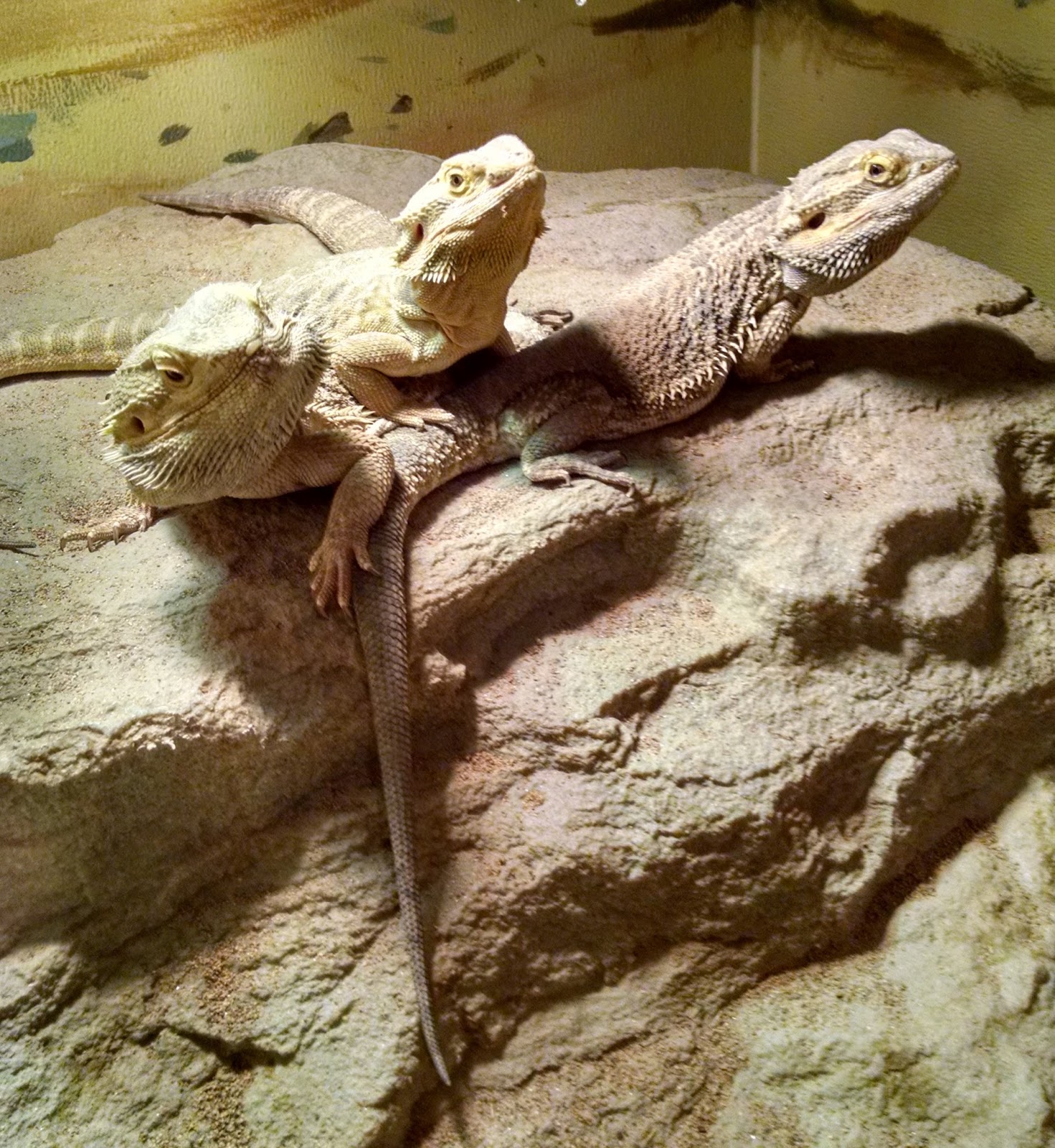Bearded Dragon Cyst: Identification, Causes, Treatment and Prevention
Introduction
Bearded dragons are popular reptile pets known for their friendly demeanor and unique appearance. As with any pet, they can develop health problems that owners need to be aware of. One of the most common health issues in bearded dragons is cysts.

What is a bearded dragon cyst?
A cyst is a closed sac filled with fluid or other material. In bearded dragons, cysts can form on various parts of their bodies, including their skin, limbs, tail, and internal organs. These cysts can range in size from small bumps to larger growths that can impact the dragon’s movement and quality of life.
Causes of bearded dragon cysts
There are several reasons why bearded dragons may develop cysts. Some of the most common causes include:
- Bacterial or fungal infections
- Poor diet or nutrition
- Injuries or trauma
- Genetics
- Hormonal imbalances
- Poor hygiene or unsanitary living conditions

Identifying bearded dragon cysts
As a bearded dragon owner, it is essential to know how to identify cysts. This can be challenging since they can occur both on the surface and inside the dragon’s body. Some common signs of cysts in bearded dragons include:
- Lumps or bumps on the body
- Redness or swelling in the affected area
- Pus or discharge from the cyst
- Difficulty moving or walking
- Loss of appetite or lethargy
- Changes in behavior or temperament
Treatment of bearded dragon cysts
If you suspect your bearded dragon has a cyst, it is crucial to seek veterinary care immediately. Depending on the severity and location of the cyst, treatment may include:
- Antibiotics or antifungal medication
- Draining the cyst
- Surgical removal of the cyst
- Intravenous fluids or other supportive care
Preventing bearded dragon cysts
While it is not always possible to prevent cysts in bearded dragons, there are things you can do to reduce the risk of them forming. These include:
- Maintaining proper hygiene and sanitation in the dragon’s enclosure
- Providing a nutritious and balanced diet
- Providing adequate heat and UVB lighting
- Avoiding rough or dangerous play that could result in injury
- Regular veterinary check-ups to catch and treat any issues early
Conclusion
Bearded dragon cysts are a common health concern for these reptile pets. While they can be treated, prevention is always the best course of action. As a bearded dragon owner, be sure to keep an eye out for any signs of cysts and take your pet to the vet if you suspect there is an issue. With proper care and attention, your bearded dragon can live a happy and healthy life.
